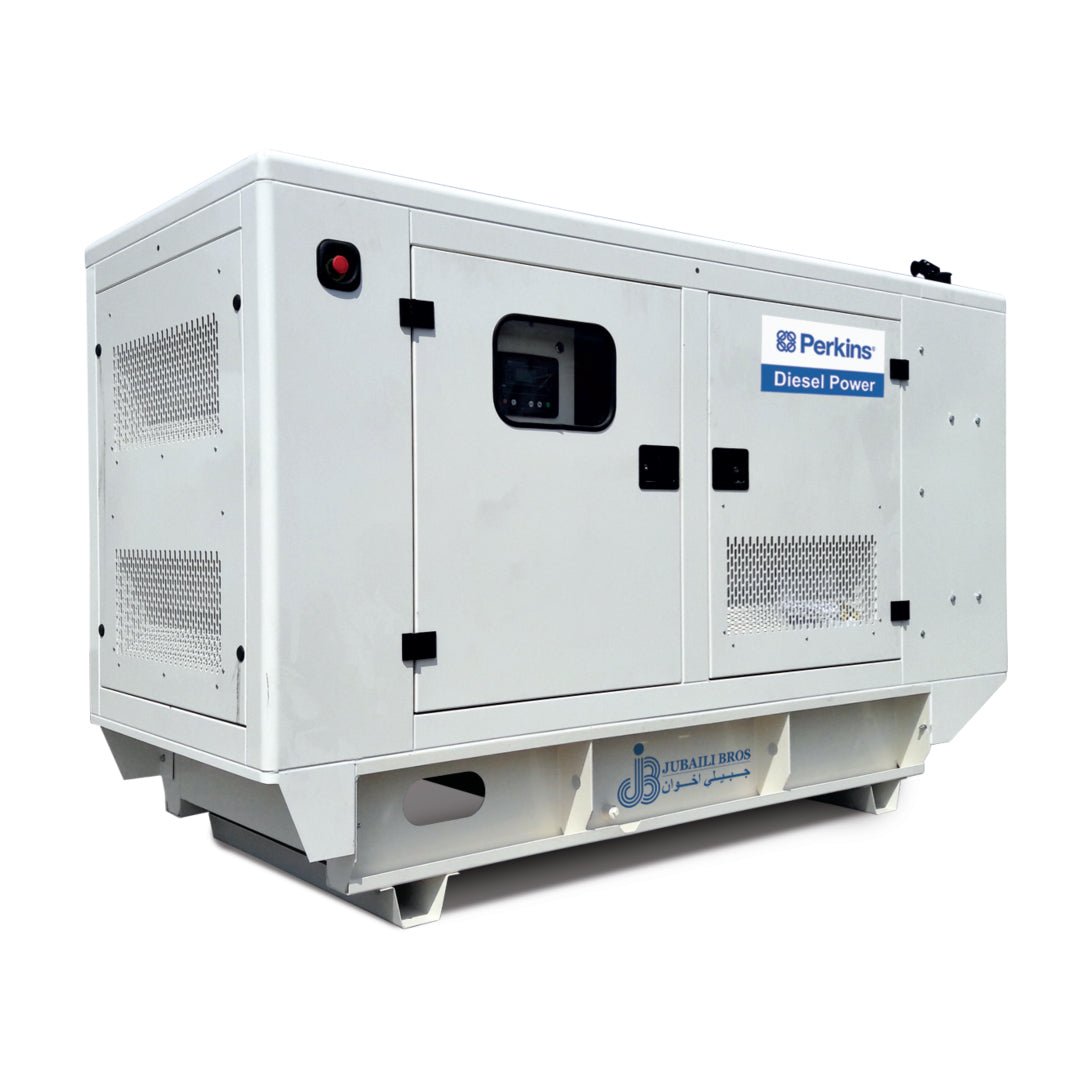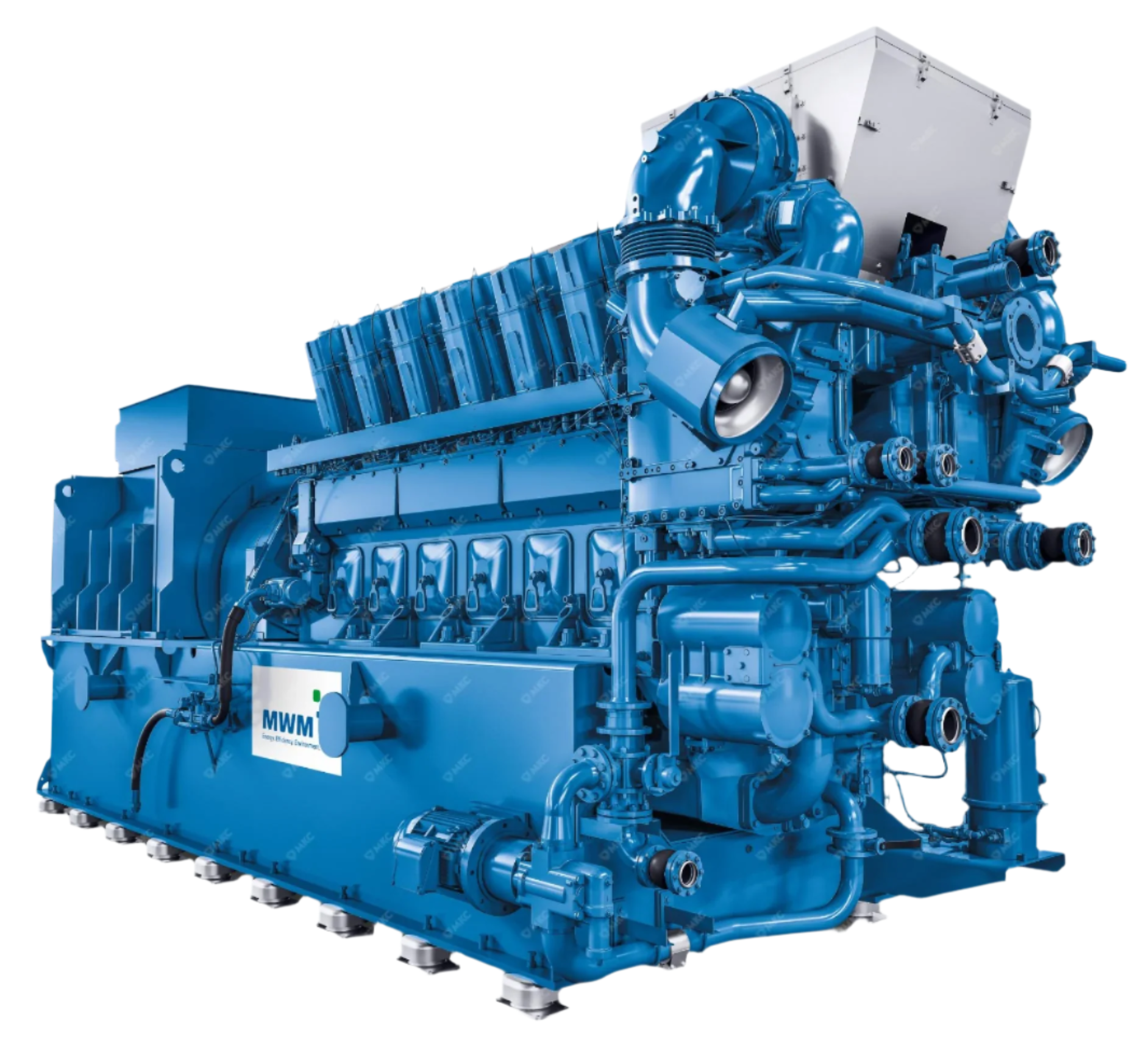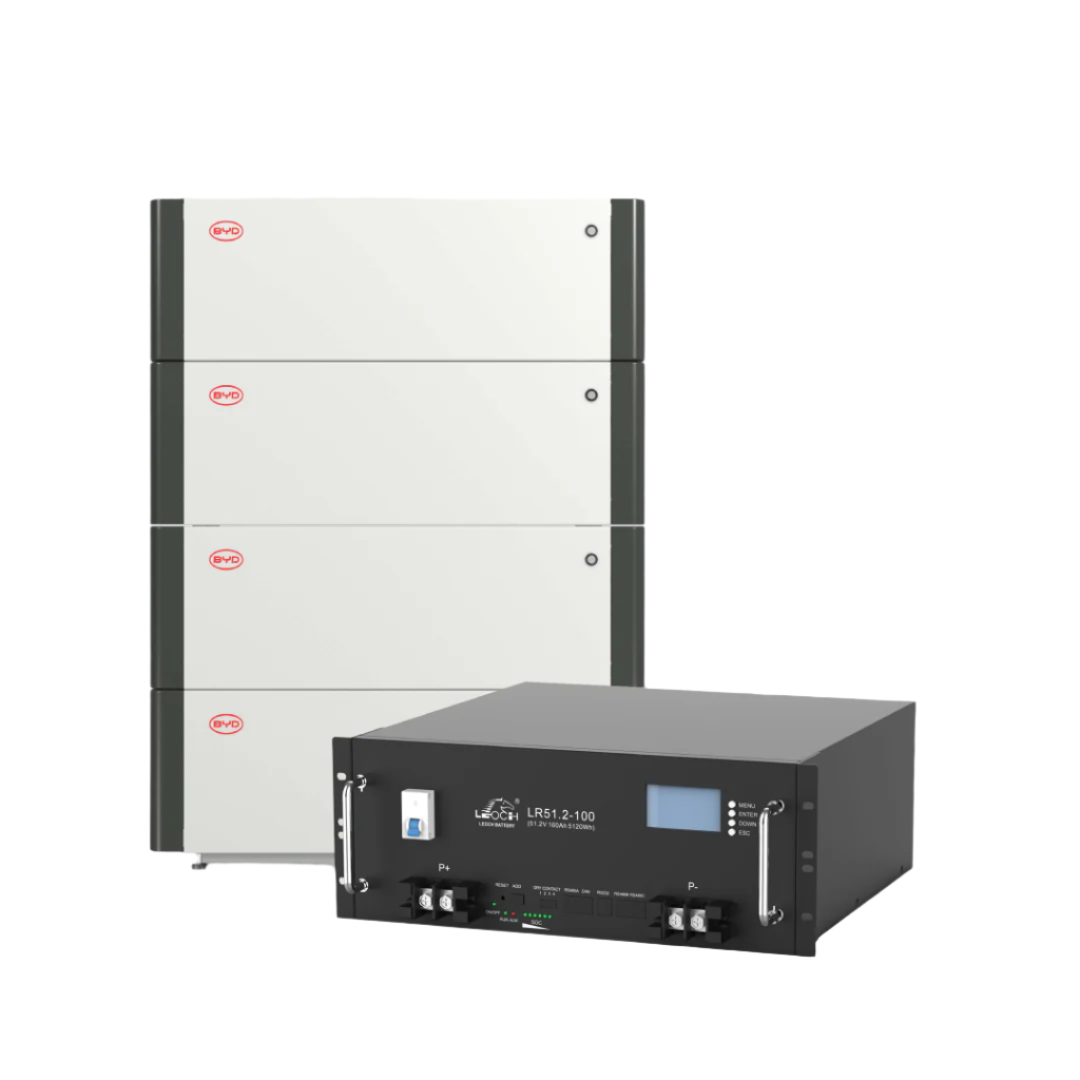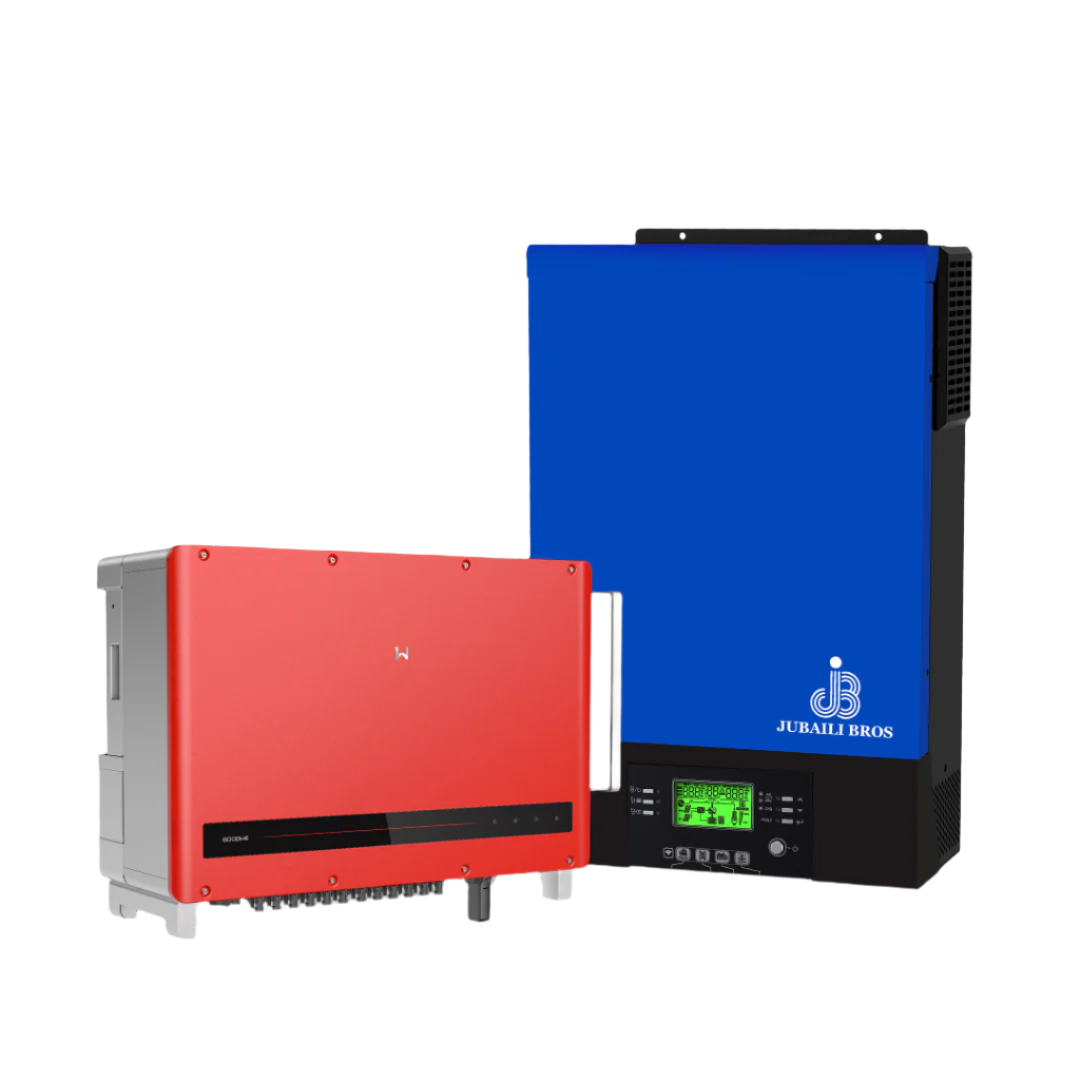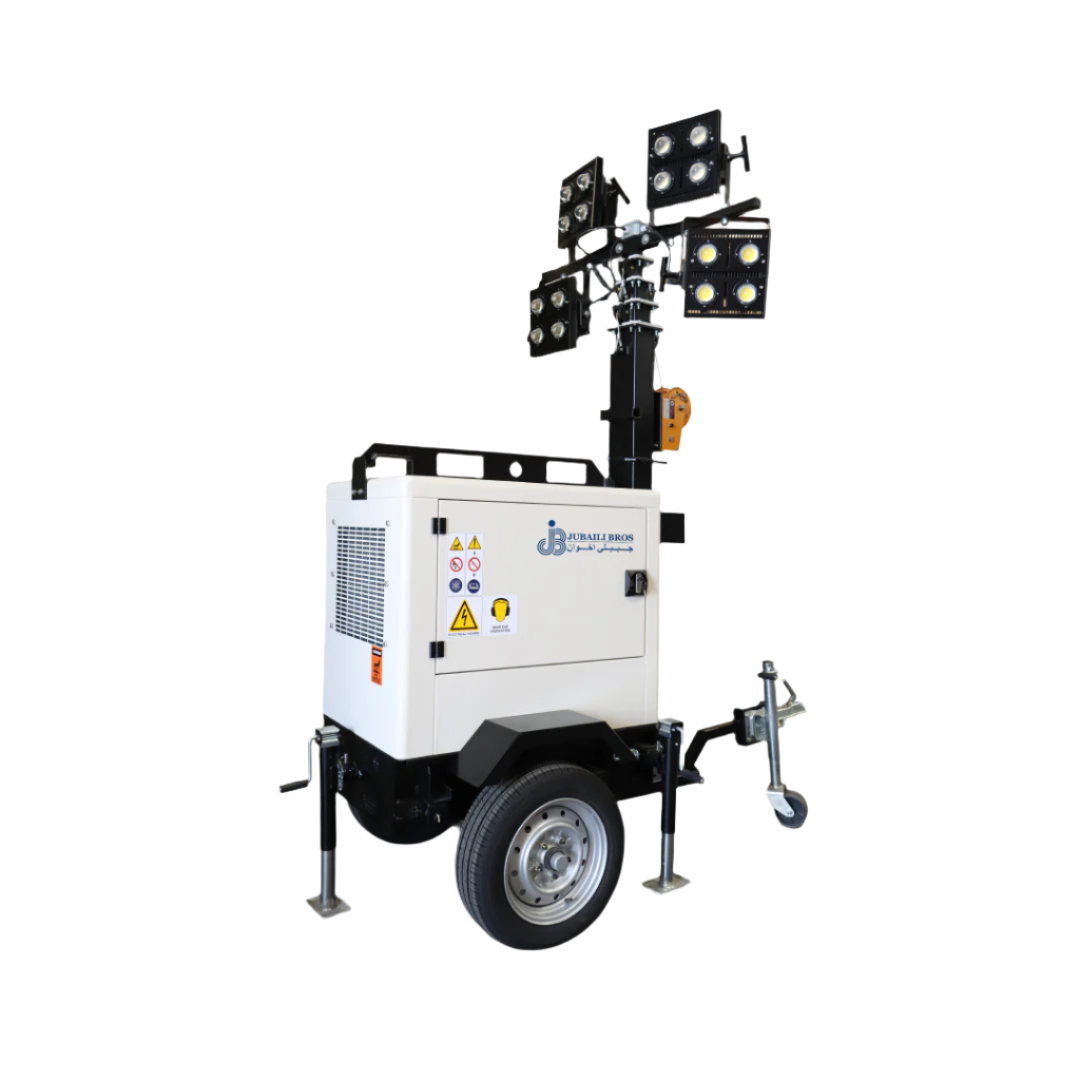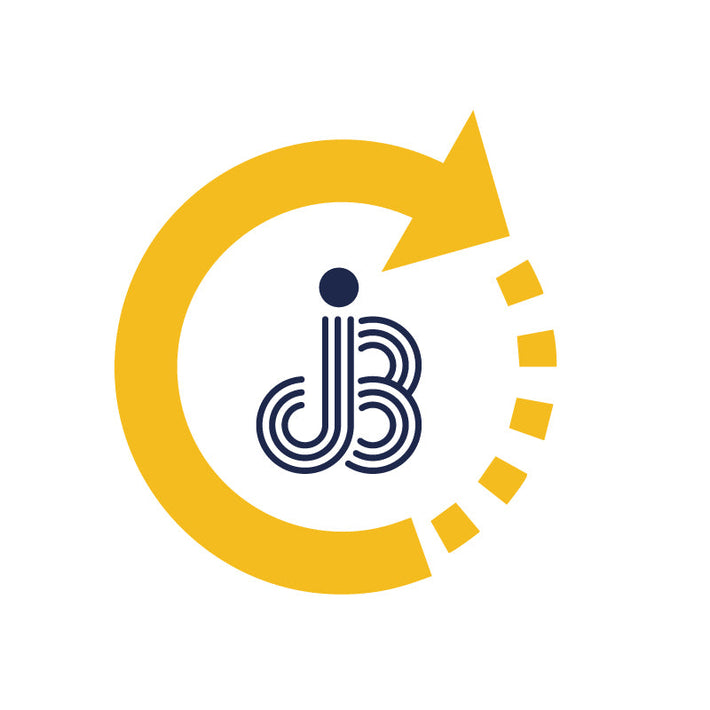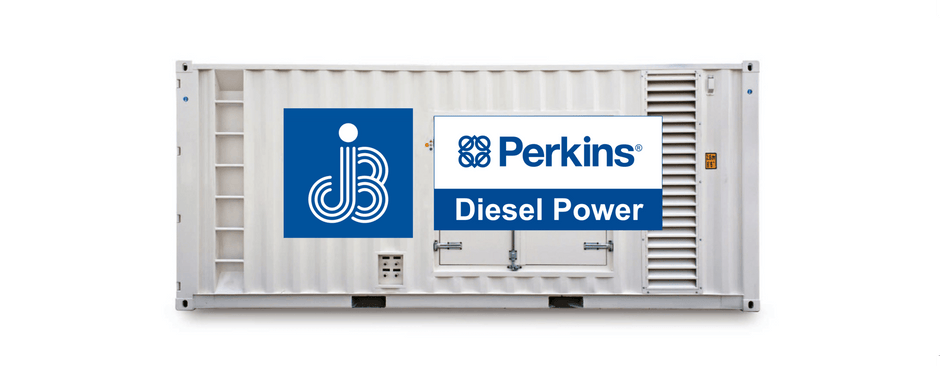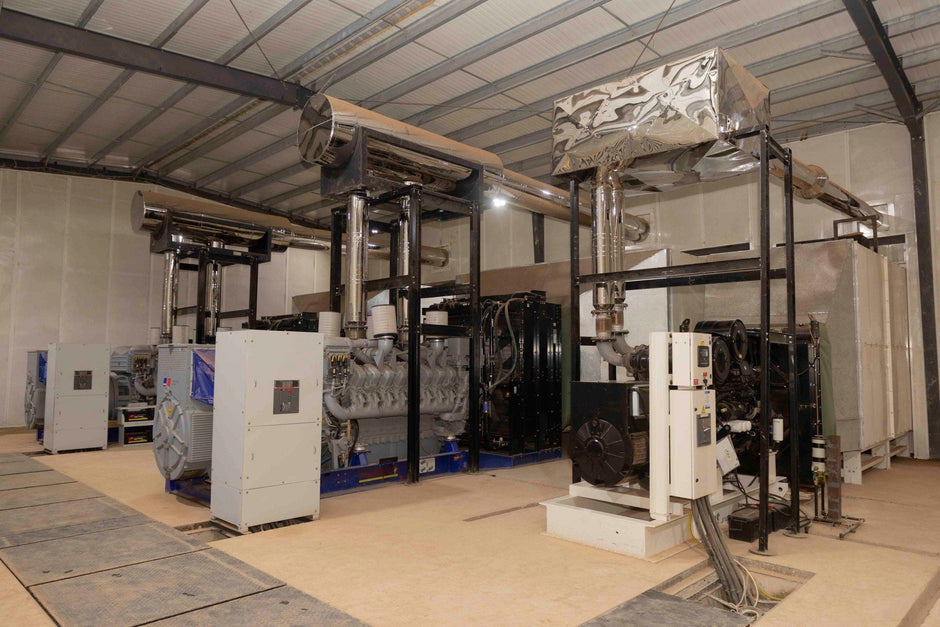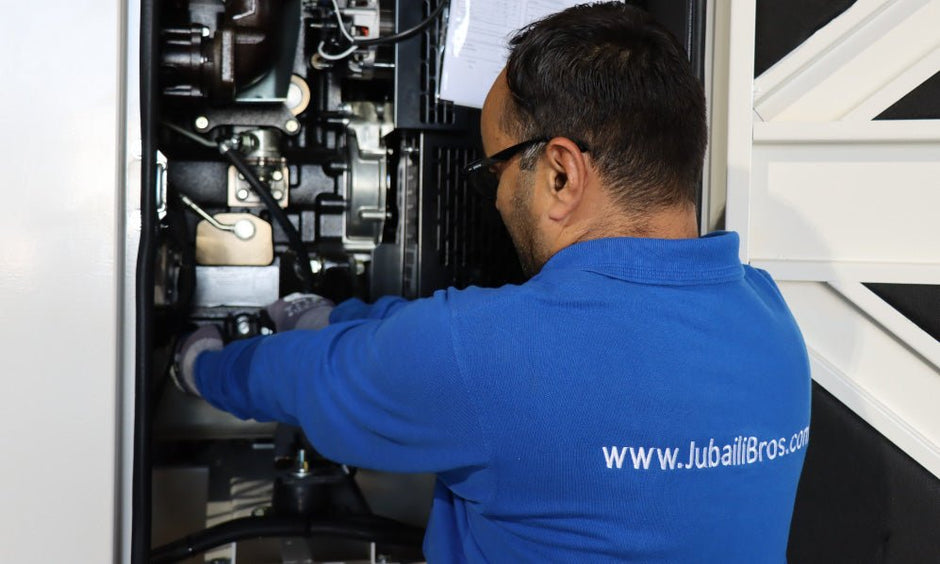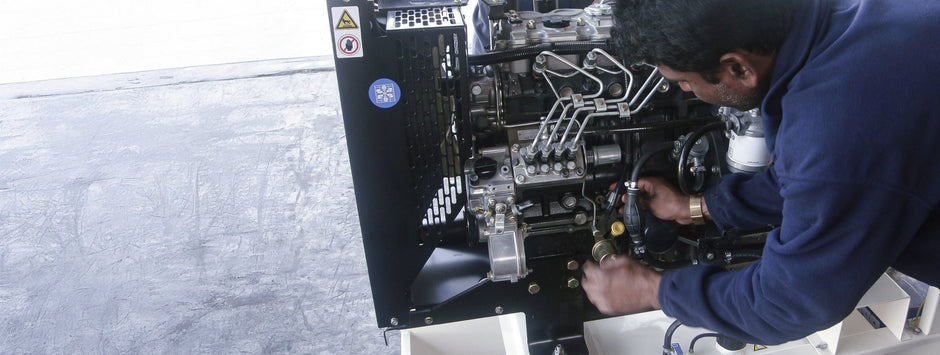A diesel generator may start flawlessly with no load, yet fail when actual electrical demand is applied. Load bank testing—using resistive, reactive, or combined loads—is the only definitive way to validate that the engine, alternator, cooling, fuel, and control systems can perform at rated output for sustained periods. Standards such as ISO 8528-6 and NFPA 110 mandate regular load testing in critical environments including hospitals, data centers, and life-safety facilities. This article outlines why load testing is essential, how to execute it, and how Jubaili Bros supports operators in meeting compliance.
What Is a Load Bank?
A load bank consists of power resistors (and optionally inductors or capacitors), forced-air cooling fans, step contactors, and instrumentation. Load steps are typically binary (e.g., 1 kW, 2 kW, 4 kW...), allowing precise test control up to full generator capacity without affecting production systems.
Why Test with a Load Bank?
- Proves standby capacity: Verifies the generator can start, ramp, and sustain full-rated load without fault.
- Prevents wet-stacking: Operating at ≥60% load combusts carbon deposits and unburned fuel.
- Validates cooling: High engine temperatures reveal marginal radiator or coolant issues.
- Exercises fuel system: High return flow flushes lines and detects filter clogging.
- Provides documentation: NFPA 110 requires annual 2-hour tests at 30%, 50%, and 75% load for Level 1 systems.
Types of Load Banks
| Type | Characteristics | Typical Use |
|---|---|---|
| Resistive | Unity PF, full kW = full kVA, heats air stream | Most site acceptance tests (SAT) |
| Reactive (Inductive/Capacitive) | 0.8 lag or lead PF, applies only kVAr | Alternator and PF correction tests |
| Combined | Resistive + Inductive, 0.8 PF | Data centers, grid-parallel installations |
| Electronic (Water-cooled) | High power density, variable PF | Factory test benches >2 MVA |
Commissioning Procedure
- Pre-check: Inspect oil, coolant, fuel levels. Confirm breaker and emergency stop readiness.
- Warm-up: Operate at 25% load for 10 minutes.
- Step load: Apply load in 25% increments every 10 minutes. Record voltage, frequency, oil pressure, exhaust temperature.
- Full-load run: Maintain 100% load for at least 60 minutes. ISO 8528-6 allows ≤1% frequency drift during this phase.
- Load rejection: Remove 100% load abruptly. Confirm voltage overshoot ≤+20% and frequency overshoot ≤+12% for G3 class sets.
- Cool-down: Return to zero load. Run unloaded for 5 minutes to prevent heat soak.
- Report: Record ambient conditions, load steps, performance readings, and alarms.
Preventive Maintenance Schedule
| Set Duty | Test Interval | Standard |
|---|---|---|
| Hospital (Level 1) | Annually – 30/50/75% profile | NFPA 110 Section 8.4.9 |
| Data center Tier III | Semi-annually – 50% for 60 minutes | Uptime Institute |
| Prime-power | Every 3 years or 6 000 hours | OEM warranty |
| Commercial standby | Biennially | ISO 8528-6 Annex C |
Instrumentation and Pass/Fail Criteria
- Voltage: Within ±5% of nominal at steady-state.
- Frequency: Within ±2% after transient recovery.
- Oil pressure: Must remain above low-pressure alarm limit.
- Exhaust temperature (V engines): Left/right bank delta < 20 °C.
- Battery alternator output: ≥27.2 V for 24 V systems under load.
Theoretical Example
A 1 500 kVA data center generator failed a 50% load step with a 19% voltage dip—exceeding the design target of 15%. Post-test diagnostics revealed the AVR's under-frequency roll-off (UFRO) setting was too low. Adjusting the knee point to 48 Hz improved recovery to a 13% dip and 1.8 second recovery, meeting Tier III standards.
Common Pitfalls
- Under-loading: Tests below 60% may not prevent carbon buildup.
- Poor clamping: Loose lugs on resistive banks cause arcing—always torque properly.
- Ventilation neglect: A 1 MW resistive load bank can reject 900 kW of heat. Use outdoor placement or forced ventilation.
- Fuel planning: Full-load tests can consume 20–30% of the day tank. Refill before testing.
Best Practices and Safety
- Use flame-resistant PPE and insulated gloves. Follow lockout/tagout procedures.
- Deploy gas detectors in enclosed test environments—carbon monoxide is a silent hazard.
- Record vibration spectrum. Load may reveal misalignment not seen at no load.
Conclusion
Load bank testing turns assumptions into actionable data. By commissioning generators under controlled load and maintaining a documented test program, operators ensure readiness when utility power fails. The cost of a load bank rental is minimal compared to the financial and reputational loss of generator failure.
Need help organizing a test or interpreting results? Contact Jubaili Bros—our field engineers can deploy resistive or reactive load banks up to 2 MVA throughout the GCC.







